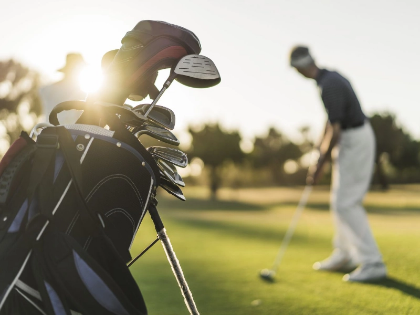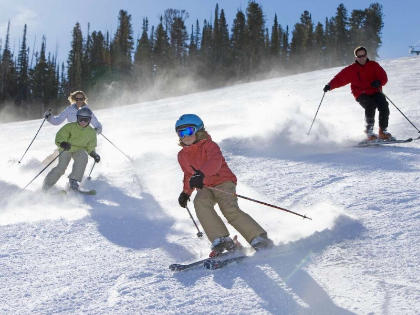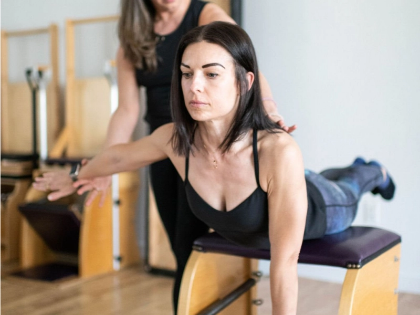Selecting the Appropriate Length for Your Height in Ski Pole Sizing
Ski poles are an essential tool for maintaining balance and have a big impact on how you attack a turn. Turning your pole upside down and grabbing it beneath the basket with your elbow bent at a 90-degree angle was the traditional way for determining the ideal pole length.
How to Determine Your Height
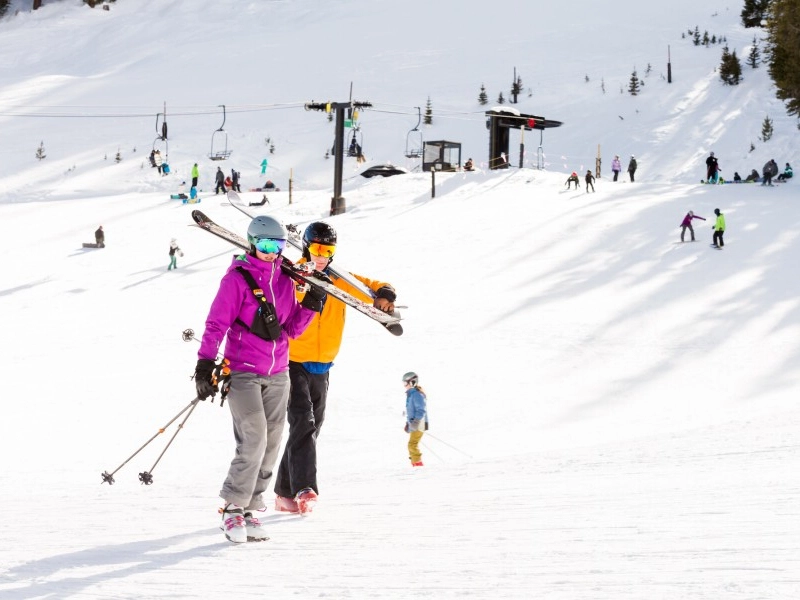
The Rule of Ninety Degrees
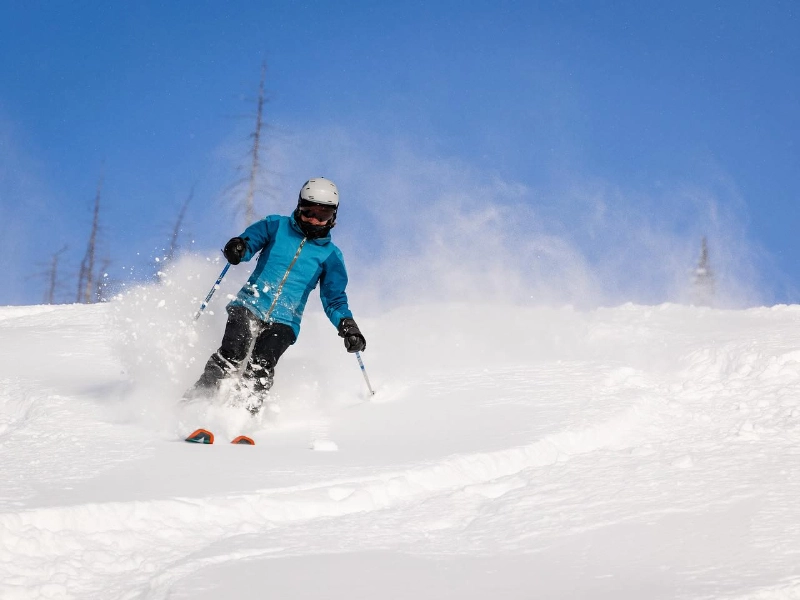 The traditional way to measure the length of your ski pole is to turn it upside down and grab it on the section of the shaft that is below the basket. When you achieve this, your elbow should be 90 degrees, indicating that the length of your pole is correct.
Although this is a quick and simple method of measuring your pole's length, it ignores the possibility that different arm lengths will necessitate a varied pole length. Children in particular should have a shorter pole than adults do.
A more realistic method would be to try out different pole lengths on the slopes and see how they impact your abilities and balance. In addition, you can consult knowledgeable skiers at your neighbourhood ski shop for expert guidance. These individuals can assess your technique and provide tailored recommendations based on their experience. They can also offer you advice on which grip style and strap will work best for you.
The traditional way to measure the length of your ski pole is to turn it upside down and grab it on the section of the shaft that is below the basket. When you achieve this, your elbow should be 90 degrees, indicating that the length of your pole is correct.
Although this is a quick and simple method of measuring your pole's length, it ignores the possibility that different arm lengths will necessitate a varied pole length. Children in particular should have a shorter pole than adults do.
A more realistic method would be to try out different pole lengths on the slopes and see how they impact your abilities and balance. In addition, you can consult knowledgeable skiers at your neighbourhood ski shop for expert guidance. These individuals can assess your technique and provide tailored recommendations based on their experience. They can also offer you advice on which grip style and strap will work best for you.
The Rule of One Finger
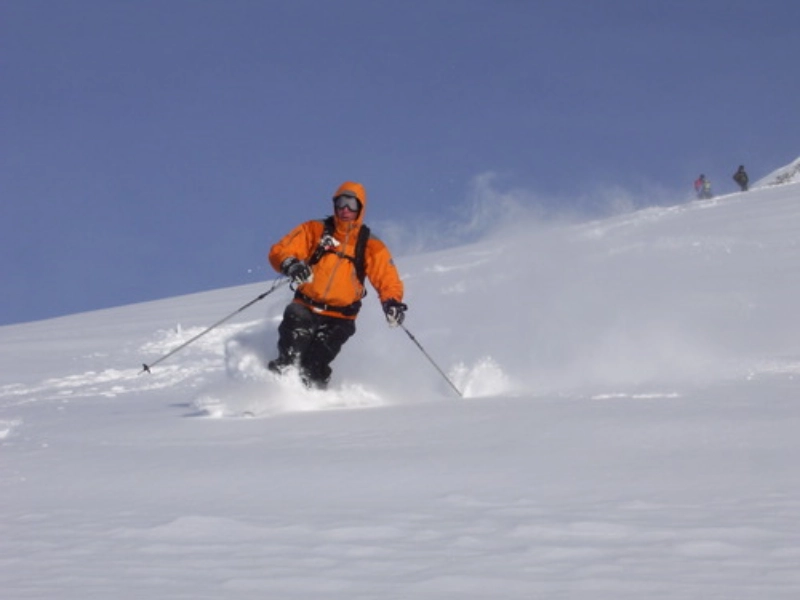 It can be a little challenging to select the proper length for your ski poles. Your balance will be affected if your poles are excessively long and become stuck in the snow. Your poles won't support you adequately and will be difficult to push off if they are too short.
An easy practical test is the simplest method to determine the appropriate length for your height. Hold an upside-down pole by the basket while keeping your feet together, making sure your thumb is just barely touching the handle. It fits you properly if your elbow forms a 90-degree angle. You require a longer pole if your elbow is more sharp or extended past a 90-degree angle. You should use a shorter pole if your elbow is more noticeable and closer to a 90-degree angle.
It can be a little challenging to select the proper length for your ski poles. Your balance will be affected if your poles are excessively long and become stuck in the snow. Your poles won't support you adequately and will be difficult to push off if they are too short.
An easy practical test is the simplest method to determine the appropriate length for your height. Hold an upside-down pole by the basket while keeping your feet together, making sure your thumb is just barely touching the handle. It fits you properly if your elbow forms a 90-degree angle. You require a longer pole if your elbow is more sharp or extended past a 90-degree angle. You should use a shorter pole if your elbow is more noticeable and closer to a 90-degree angle.




